
Our Mythos collection honours the rich history of zodiac and birthstone symbologies, and reimagines artworks and ideas formed some 2,500 years ago into a contemporary photographic space.
We begin every series by exploring works that both inspires and excites us. Here we share some of the incredible artworks and mythologies that birthed this photo series.

Zodiac artwork is not something that has been fixed in history, but has been reimagined and reinterpreted across time and culture as research and interest of astrology spread across the globe. Above is an Egyptian expression of the traditional Greek zodiac beliefs. It was found painted on the ceiling of a tomb in upper Egypt and has been dated to the Roman era.


Garnet is the birthstones for January, commonly associated with the Carnation flower and Greek god of creation Prometheus.
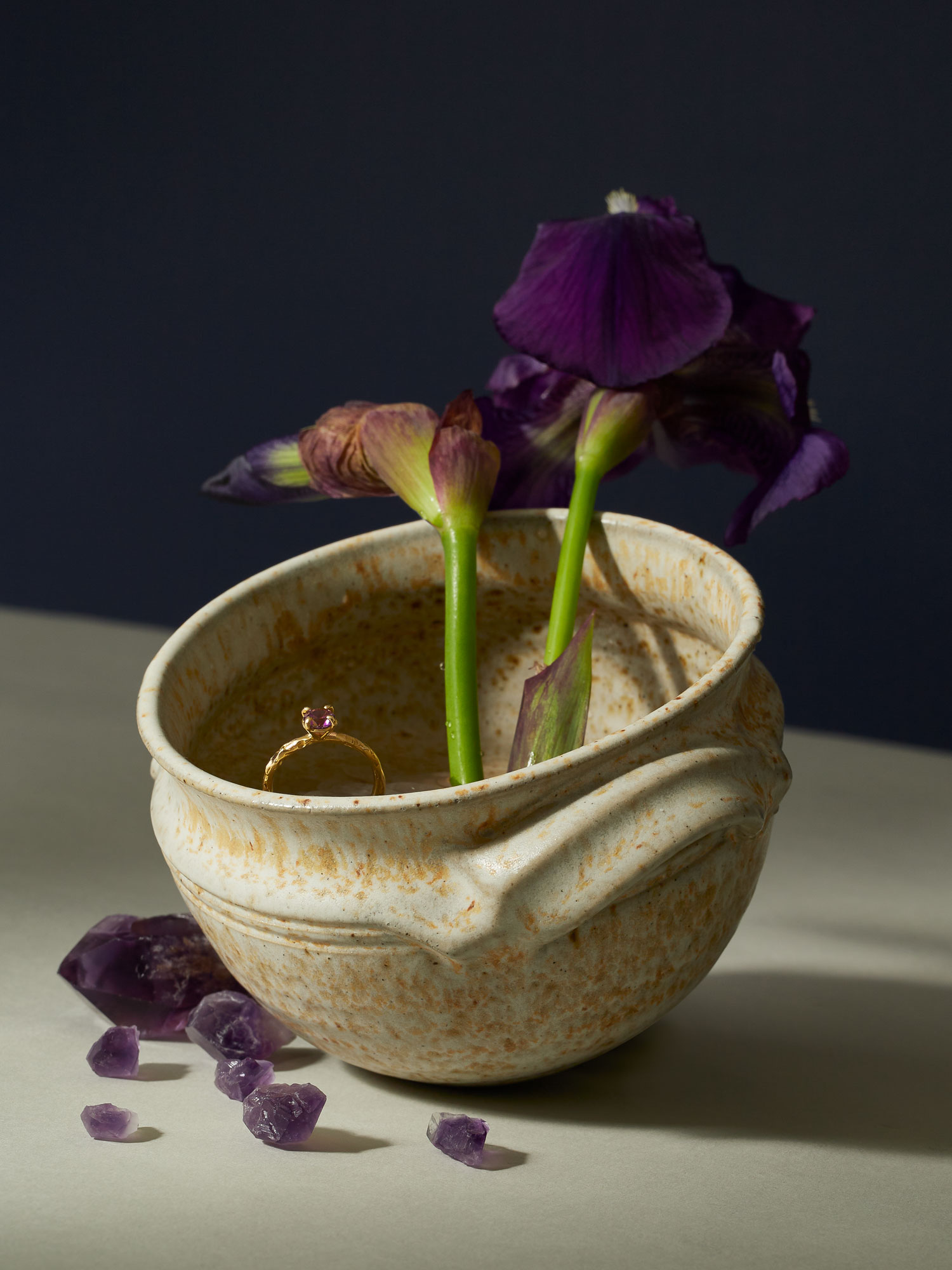

Garnet, the stone of February, associated withe the zodiac sign Aquarius. Above, a middle Dutch text depicting Aquarius. Dated between circa 1340 and circa 1350.

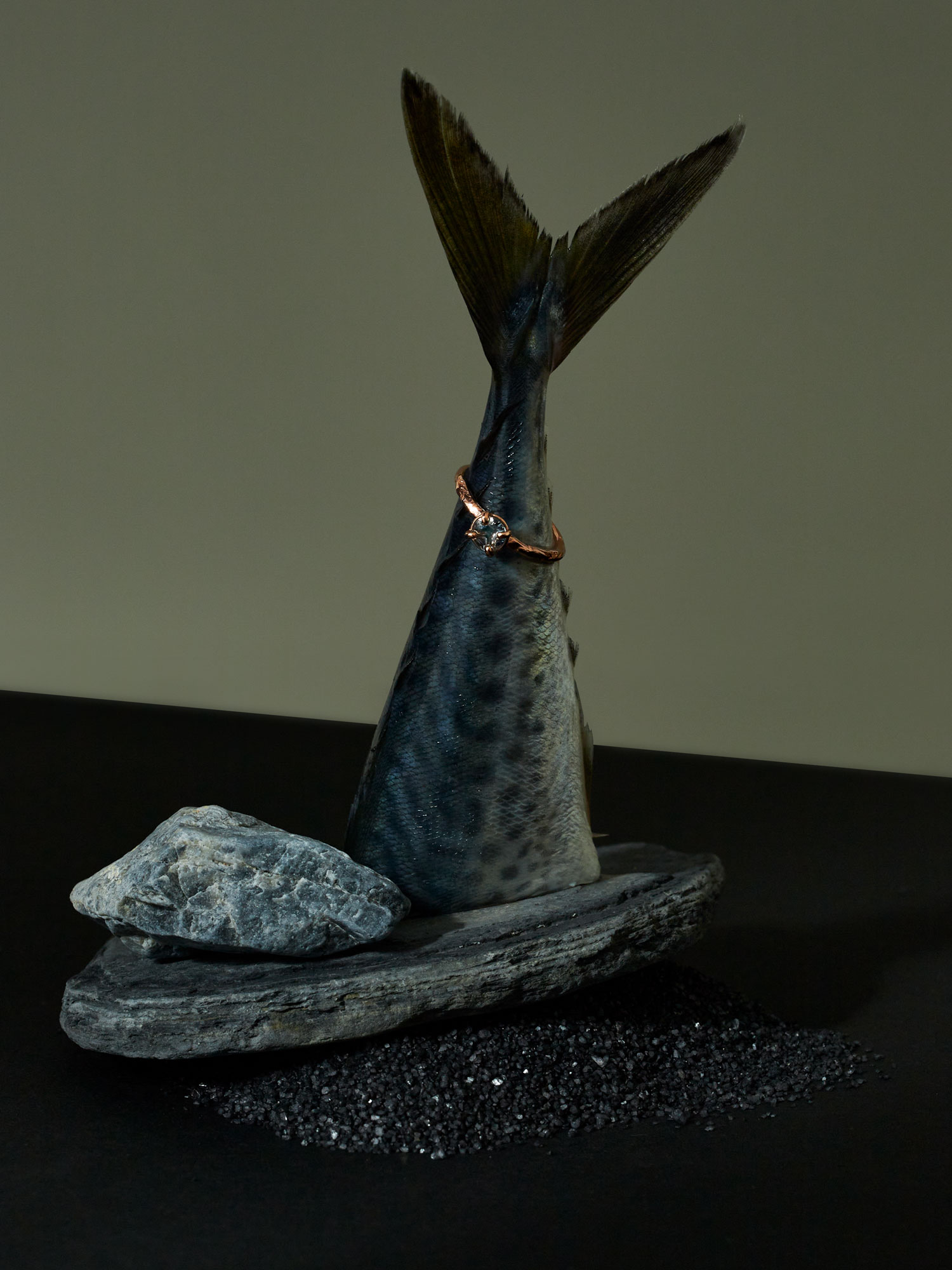
Aquamarine is the stone of March and associated with the zodiac Pisces. Above, an artwork depicting Pisces from ‘Kitab Suwar al-kawakib al-thabita’ – Book of the Images of the Fixed Stars, 15th Century. Below, a depiction of Cancer from an Arabic manuscript in the late 14th century.
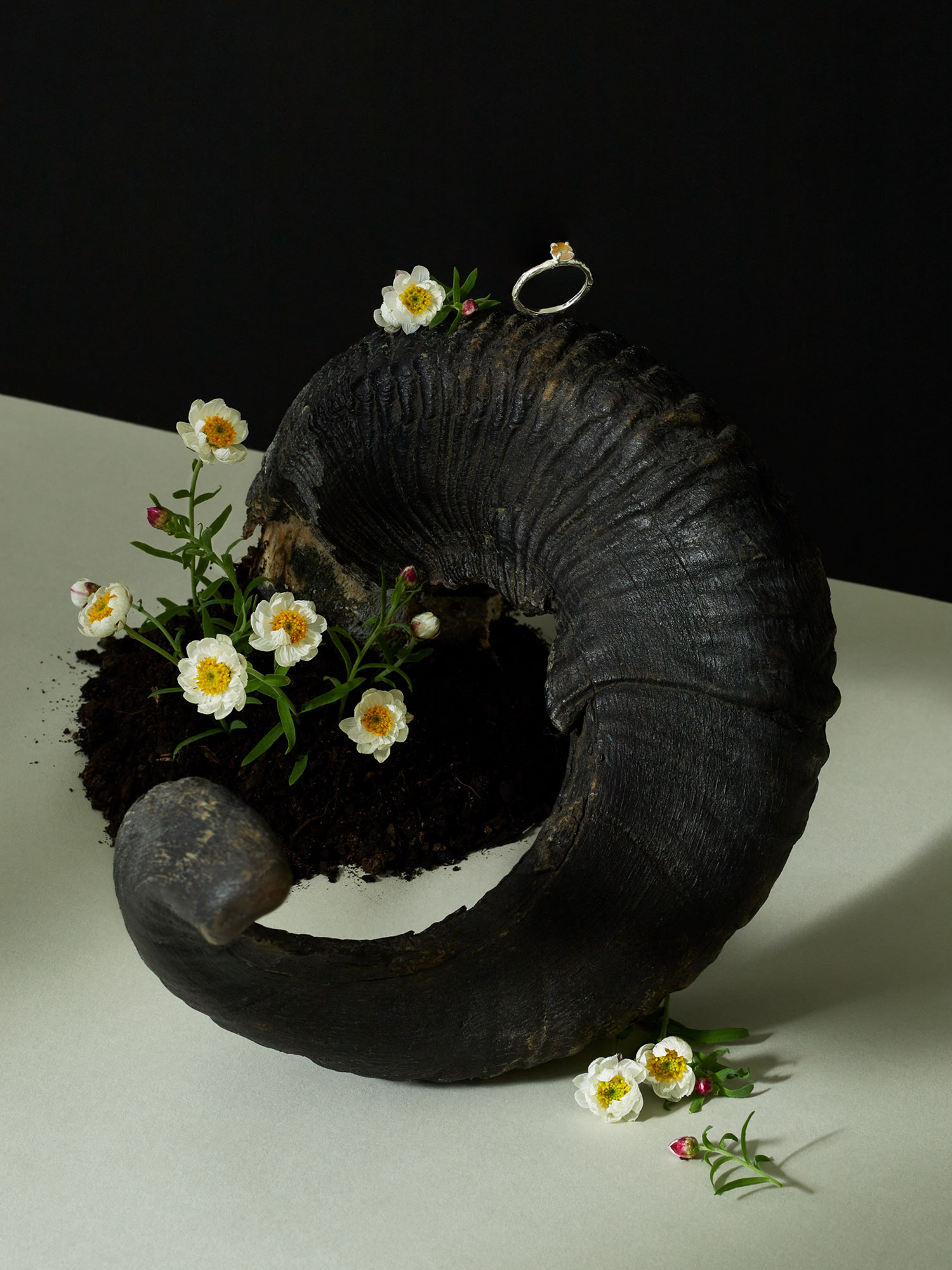

The month of April is associated with rutilated quartz and the zodiac sign Aries. Above, an illustration of Aries from the oldest scientific manuscript in the National Library. The volume contains various Latin texts on astronomy. This work is estimated to be dated c.1150.

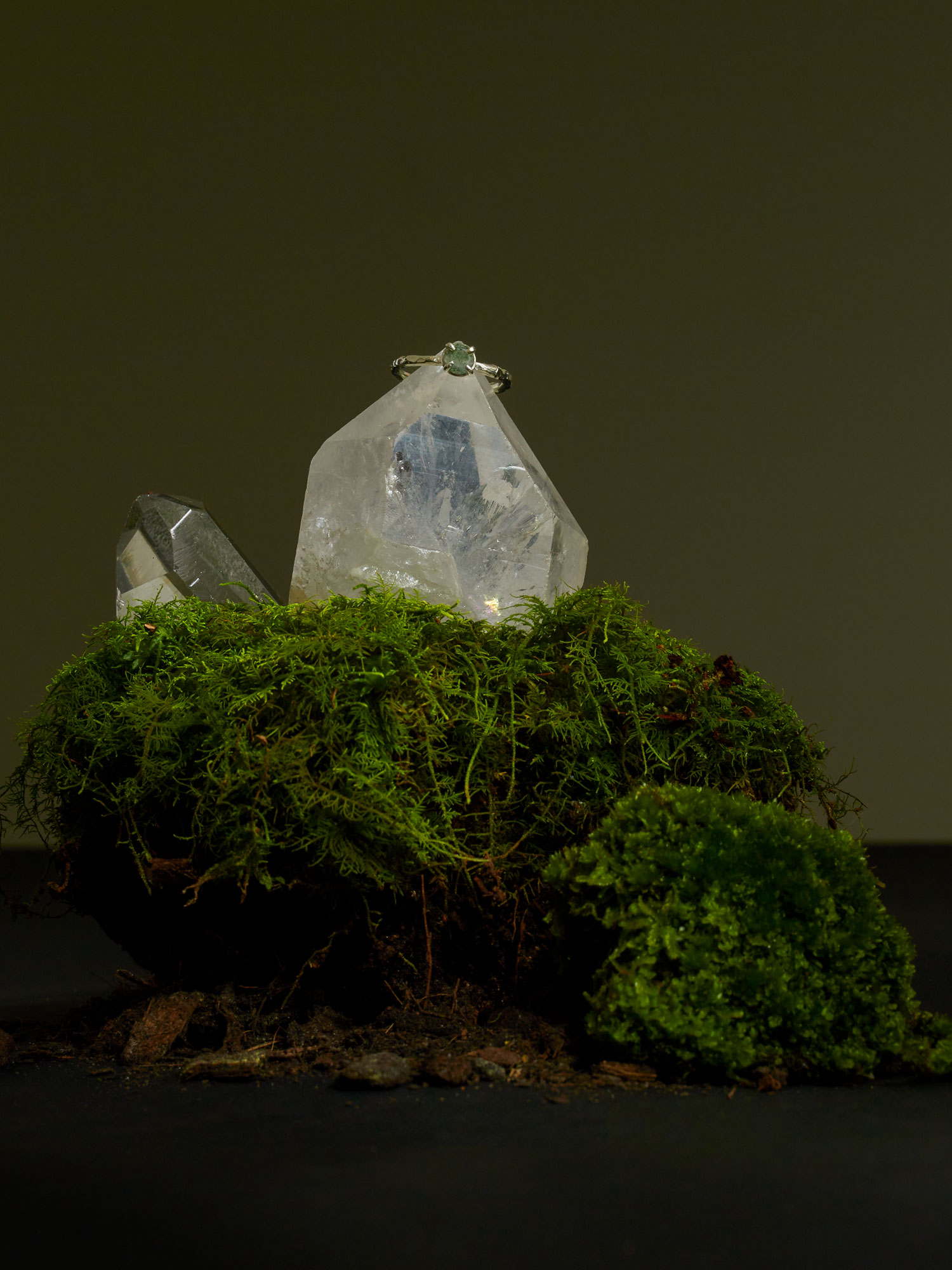
Moss agate has come to be known as the gardeners stone. It exhibits inclusions that branch out into fern-like formations. Above, a detailed photograph of agate from Ken River, Bundelkhand region, India.
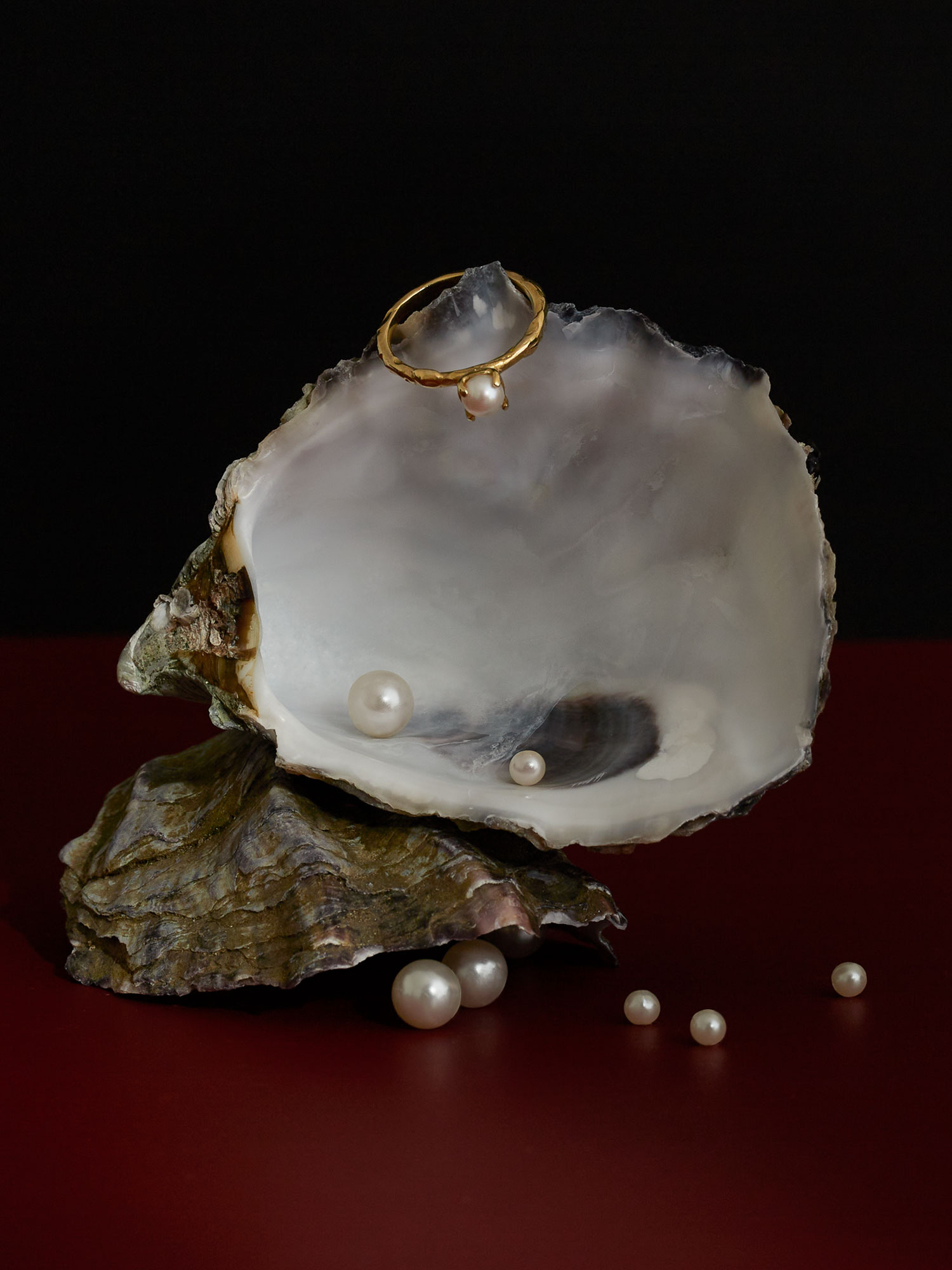

The Birthstone for June is Pearl. These incredible gemstones are one of the oldest known adornments in history. Here, we honour the pearl, allowing the gemstone to stand alone in its birthstone portrait.


Onyx is the birthstone of July, associated with the zodiac cancer. Above, an artwork from an Arabic astrological manuscript dating late 14th century.

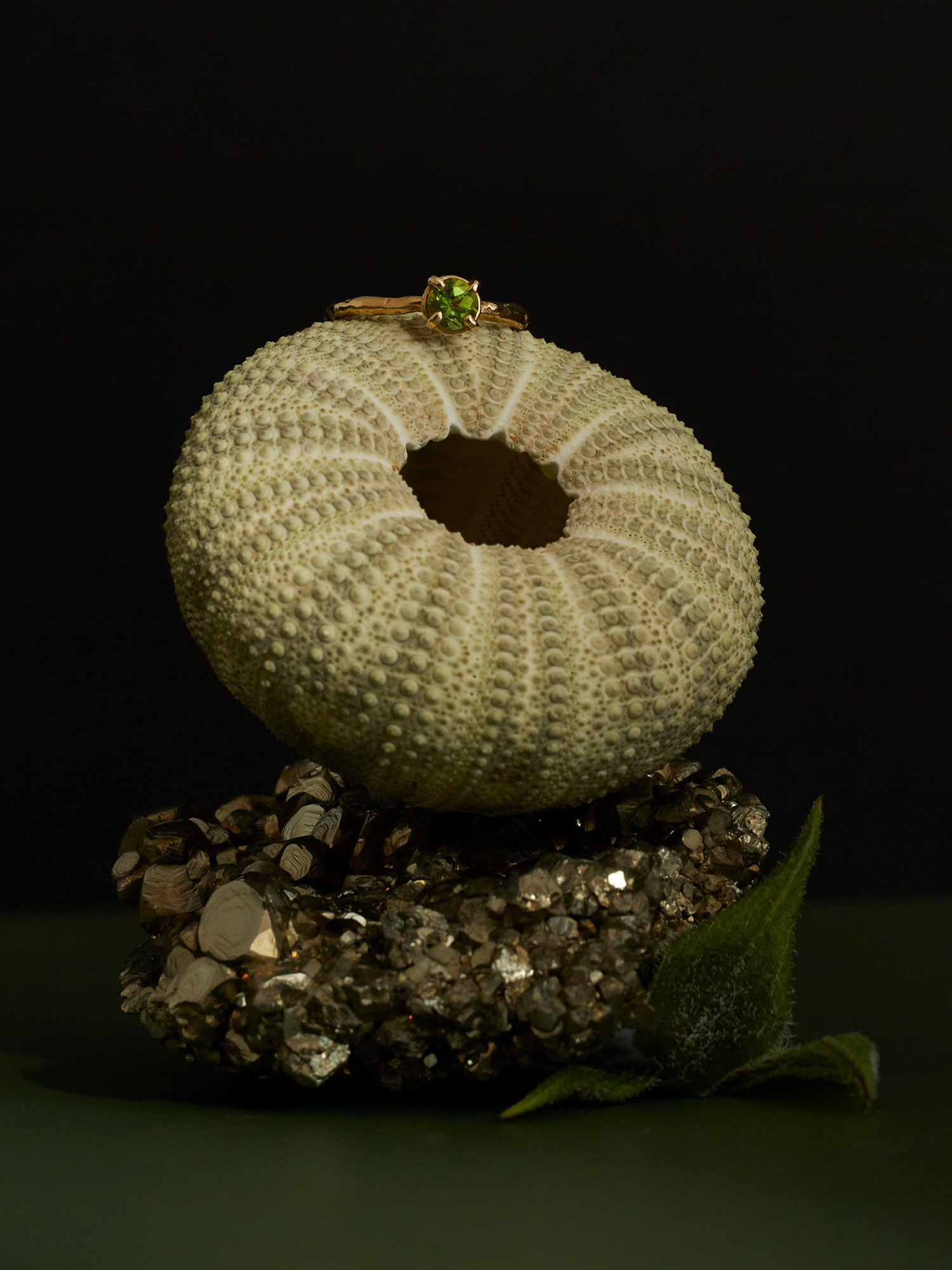
Peridot is the gemstone of August. It is considered one of the world’s oldest gemstones, peridot was recorded as early as 146 BC. Records indicate that the first stones were found on Topazo Island in the Egyptian Red Sea by a shipwrecked crew who dug into the ground in search of food. Peridot is one of only two gems to be formed deep inside the earth’s molten rock.


Pink Sapphire is the gemstone of September. Commonly associated with virgo and the Greek Goddess Demeter, the protector of harvest. Above, a statue of Demeter from Agora of Smyrna, Izmir Museum of History and Art.

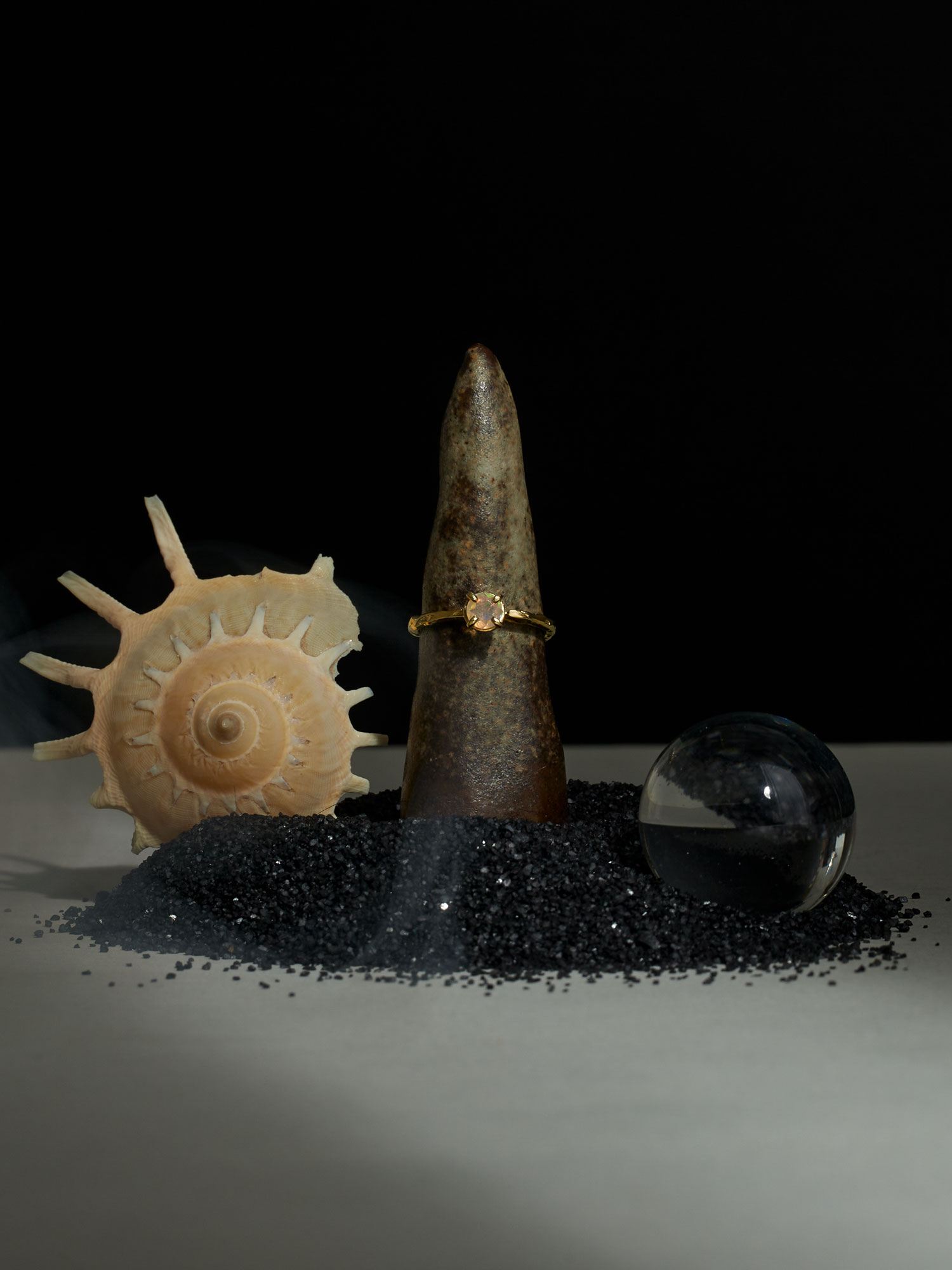
Opal, the stone of October, was widely revered in the ancient world and was said to carry various supernatural powers.
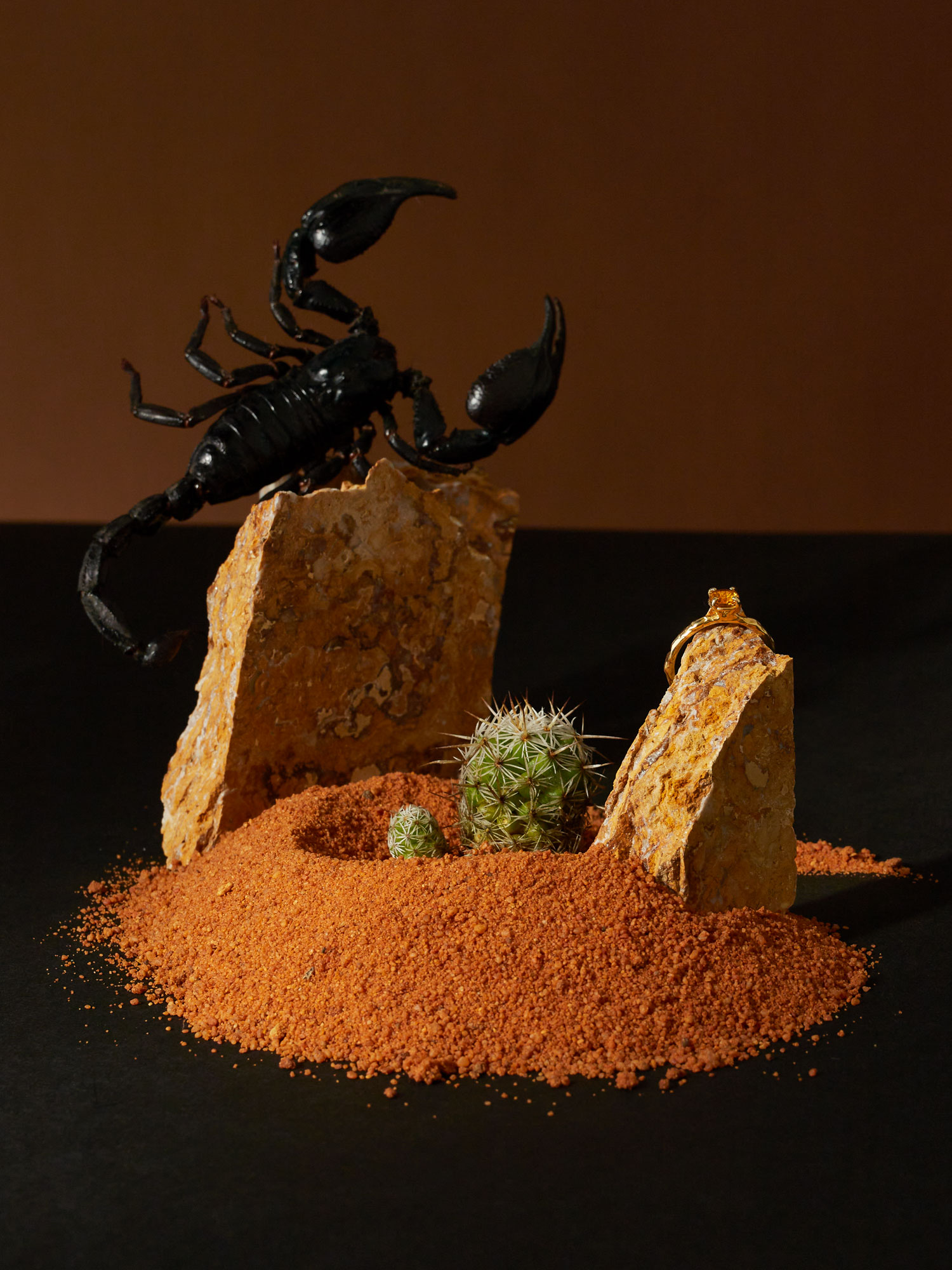

Citrine is the stone of November and the zodiac sign Scorpio. Above, a work from the ‘Kitab Suwar al-kawakib al-thabita’ – Book of the Images of the Fixed Stars. This work is ink on paper from 15th century Iran. It can be found in The Metropolitan Museum of Art.


A work depicting Sagittarius from the ‘Kitab Suwar al-kawakib al-thabita’ – Book of the Images of the Fixed Stars. This work is ink on paper from 15th century Iran. It can be found in The Metropolitan Museum of Art.
To see purchase a piece from the Mythos collection visit our birthstone homepage.